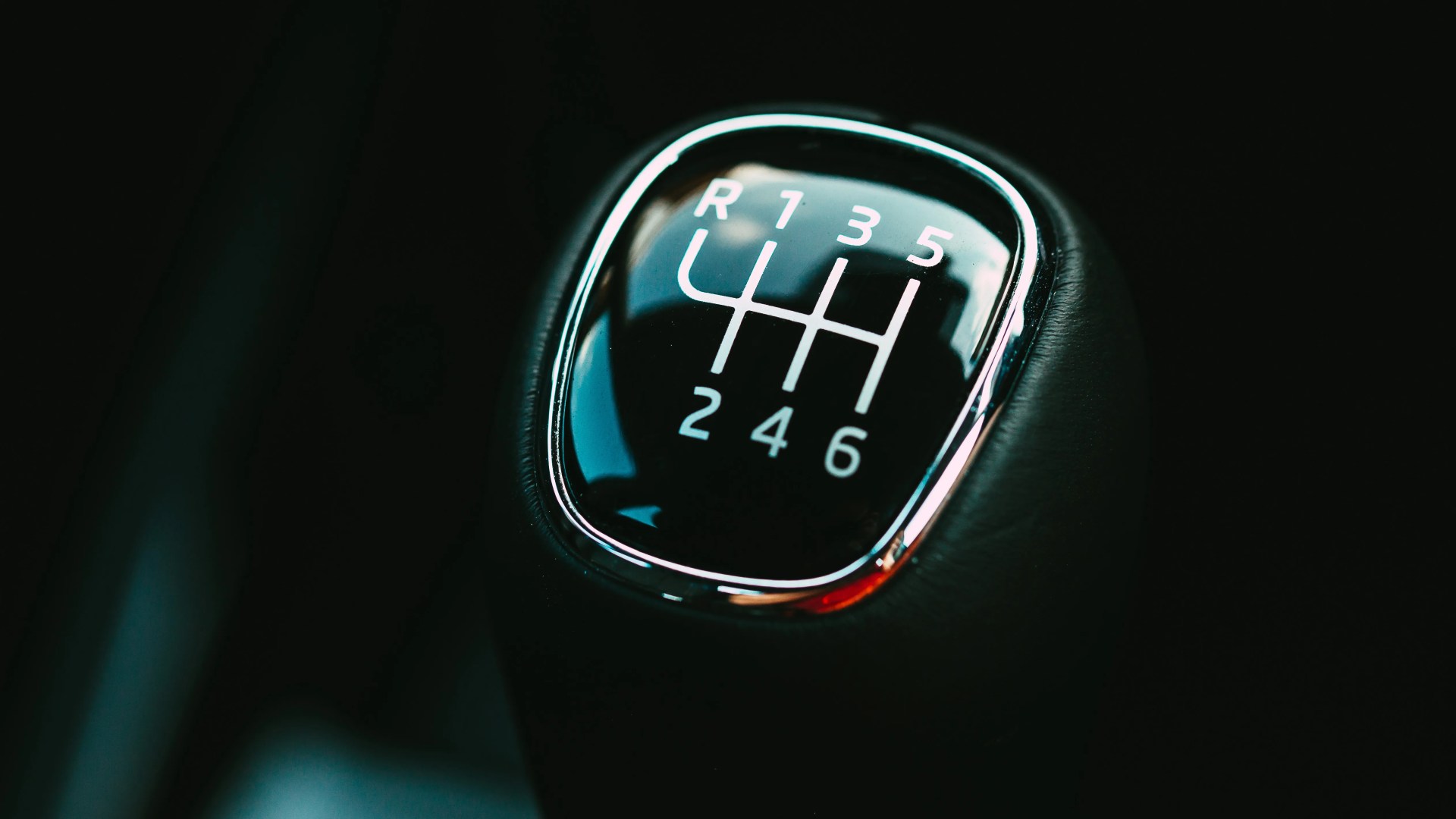12 Hidden Car Features Being Dropped by Manufacturers

The Evolution of Automotive Features: What’s Disappearing from Our Cars
The automotive industry is constantly evolving, and with each new model year, many features that once defined the driving experience are slowly fading into obscurity. While some changes are obvious and welcomed, others go unnoticed until they’re gone. From manual transmissions to physical buttons, here are a dozen car features that are becoming increasingly rare or completely obsolete.
1. Manual Transmissions
Once a common feature in vehicles, manual transmissions have seen a dramatic decline in popularity. In 1980, nearly 35% of new cars came with stick shifts, but by the 2021 model year, this number had dropped to less than 1%. While enthusiasts lament the loss of this driving experience, most buyers now prioritize convenience over the skill of shifting gears manually.
2. Handbrake Levers
With the rise of electronic parking brakes, traditional handbrake levers are becoming a thing of the past. These mechanical systems are being replaced by simple button-activated mechanisms, which offer greater ease of use and save cabin space. However, this change also means that drivers can no longer perform those flashy drifts and handbrake turns that were once a staple of performance driving.
3. Oil Dipsticks
Checking oil levels used to be a routine task for car owners, made possible by the presence of an oil dipstick. However, many modern vehicles now rely on digital monitoring systems instead. While this offers convenience, it also requires trust in the vehicle’s computer to monitor engine health accurately.
4. Spare Tires
Spare tires were once a standard feature in every car, but they are now considered optional. Automakers are opting for space-saver tires, sealant kits, and run-flat tires to reduce weight and improve fuel efficiency. Some even eliminate spare tires altogether, leaving drivers to rely on roadside assistance or other alternatives.
5. Cigarette Lighter Port
As smoking became less popular, automakers began phasing out built-in ashtrays and cigarette lighters. While many cars still include a 12V port for the lighter, this feature is gradually being replaced by USB-A and USB-C ports, reflecting a shift toward more modern connectivity options.
6. Keys and Tumblers
Keyless entry systems have largely eliminated the need for traditional keys and ignition tumblers. Push-button start systems are now standard in most new vehicles. Additionally, some automakers are moving away from physical keys entirely, offering access through NFC cards or smartphone integration.
7. CD Players
CD players, once a staple of car audio systems, are now considered outdated. While some models still offer disc changers, most vehicles have transitioned to aux inputs, USB ports, and Bluetooth connectivity. The convenience of streaming music has made carrying physical CDs seem impractical.
8. Naturally Aspirated Engines
Naturally aspirated engines, which rely solely on atmospheric pressure for intake, are becoming rare. This shift is driven by stricter emissions regulations and a focus on fuel efficiency. Many manufacturers now pair small engines with turbocharging or hybrid systems to achieve better performance and economy.
9. Mechanical Gauges
Modern dashboards have largely moved away from mechanical gauges in favor of digital displays. These screens offer more accurate readings, customizable interfaces, and advanced information. Despite the shift, some vehicles still retain the visual appeal of mechanical needles through digital simulation.
10. Hub Caps
Hub caps, once a common feature on budget cars, are being replaced by alloy wheels. Even affordable models are now more likely to feature stylish rims, often relegating steel wheels to the trunk as a spare. This trend reflects a broader move toward aesthetics and performance.
11. Physical Buttons
Touchscreen infotainment systems have led to the removal of many physical buttons in modern vehicles. While these systems offer more functionality, they can also be frustrating for drivers who prefer direct controls. Adjusting climate settings or activating wipers often requires navigating through multiple menus.
12. Natural Leather
Natural leather was once a symbol of luxury in car interiors. However, the push for sustainability and cost-effectiveness has led to the rise of vegan and synthetic alternatives. Many electric vehicles also incorporate recycled materials, aligning with eco-friendly initiatives. Even luxury brands are embracing these sustainable choices.
As the automotive industry continues to innovate, some features will inevitably disappear. While this evolution brings convenience and efficiency, it also means that certain elements of the driving experience may become relics of the past. Whether you miss them or not, one thing is clear — the future of cars is changing rapidly.
Post a Comment for "12 Hidden Car Features Being Dropped by Manufacturers"
Post a Comment